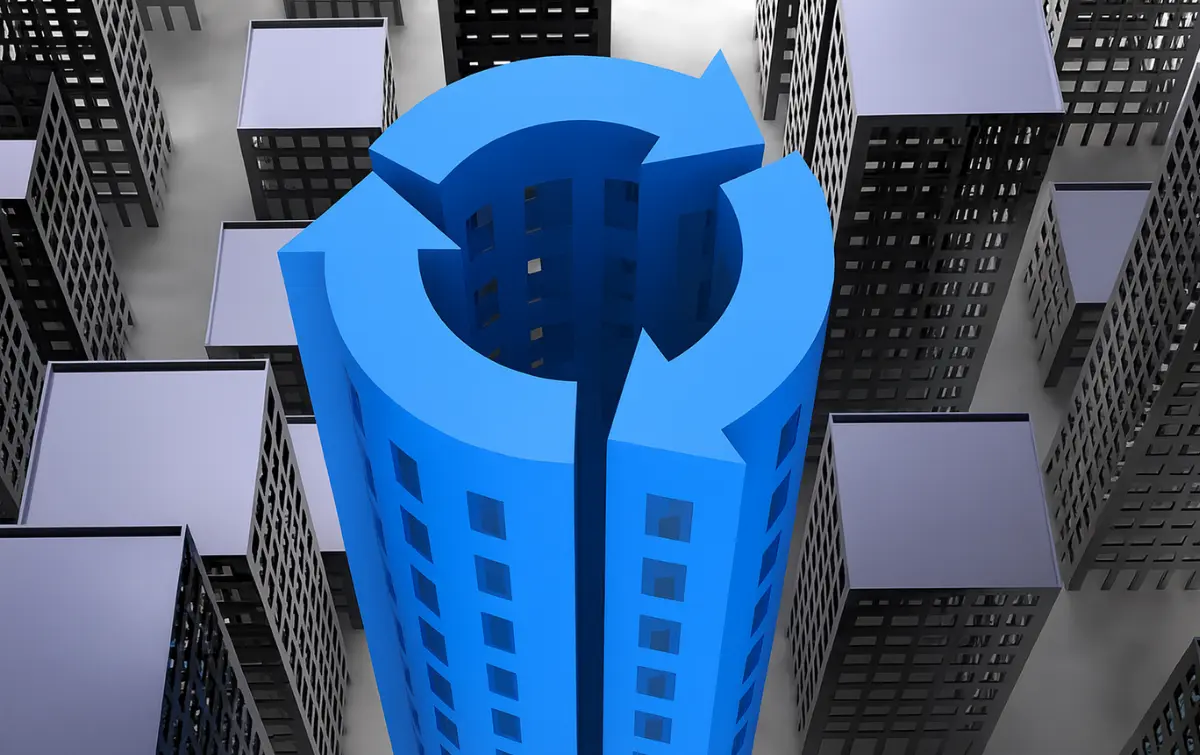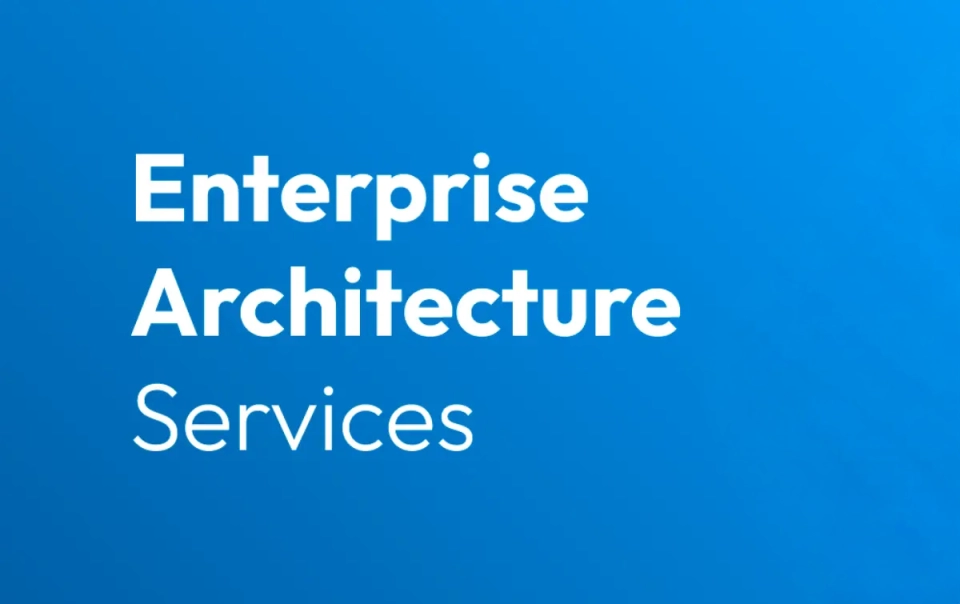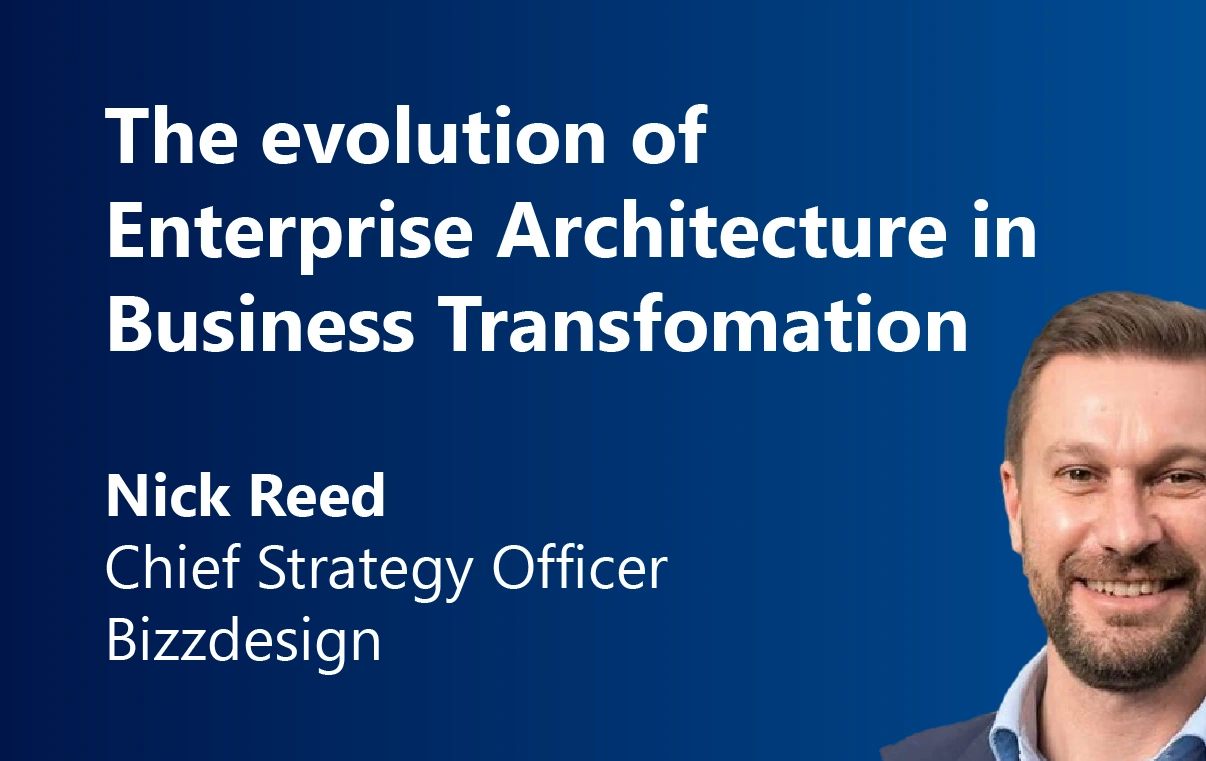Robust Solution Architecture Example From Ameren

Robust Solution Architecture example from Ameren
As a solution architect in the energy sector, I would say that the success of all projects relies on one factor: you need to follow a consistent approach to solution design and asset management. When my team within the IT organization at Ameren began reviewing new projects in 2016, the solution architecture domain didn’t exist. The lack of standard deliverables and starting each project from scratch further complicated the architectural process. From 2017 through 2021, the solution architecture team was planned and established. Read on for a real-life solution architecture example…
Top 5 tips to establish a robust solution architecture process
Read my recommendations for any solution architecture team starting out – these are all based on my lessons learned throughout the years and leveraging the benefits of the Bizzdesign Horizzon enterprise architecture platform. By following these steps, you can establish a robust solution architecture process and promote the system’s maturity.
- Create standard documentation Even if you don’t have a consolidated solution architecture team, it’s important to develop a standard solution document that can be used for both application-, network-, and potentially cybersecurity-focused projects. By working with different teams, creating a standard deliverable that works for everyone is possible, allowing you to effectively communicate your vision to the business and IT project teams.
- Focus on the most important diagrams Once you have established a standard set of deliverables, the next step is to focus on the most important diagrams and build a Coach View process around them to facilitate discussions and make it easier to develop these diagrams. This enables you to develop diagrams and facilitate discussions during meetings easily.
- Identify the right data sources To effectively facilitate step 2, you need to identify data sources for the objects and object attributes required in these diagrams and ingest them into the business design model. This can be done using Bizzdesign’s open API, ensuring that the necessary information is readily available at your fingertips. For example, integrate ServiceNow’s CMDB with Bizzdesign Horrizon.
- Don’t delay. Start building diagrams! Start building the diagrams and displays, beginning with a simple diagram, and incorporate feedback from the project team to improve over time. This allows for valuable feedback, enabling continuous improvement of the diagrams. For example, stakeholders giving feedback on logical architecture may request color-coded state changes or location indicators for objects hosted in the cloud, where cloud-first initiatives are significant.
- Add value – all the time… To further enhance the value of the diagrams and the overall model, it’s crucial to continuously add value by addressing stakeholder questions and concerns, thereby promoting an ongoing improvement process. Take into account stakeholder questions and concerns and address these within the diagrams. By presenting these enhanced diagrams to the team in various meetings, everyone can collaborate and contribute to refining the process. This iterative approach ensures that the diagrams consistently provide value and meet the organization’s evolving needs.



